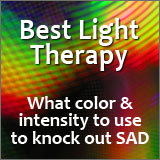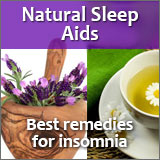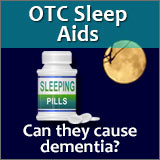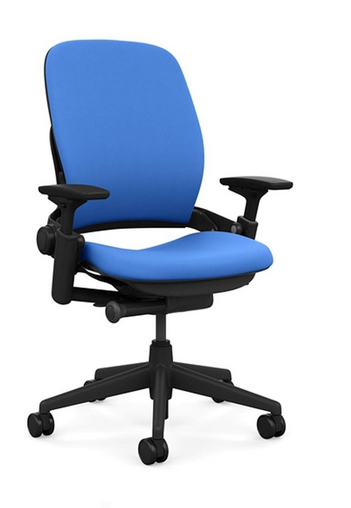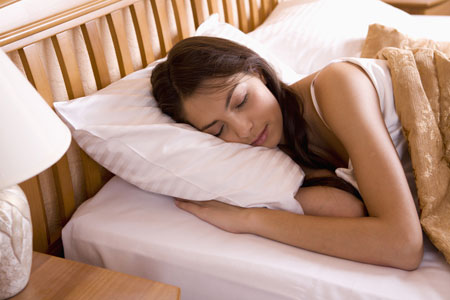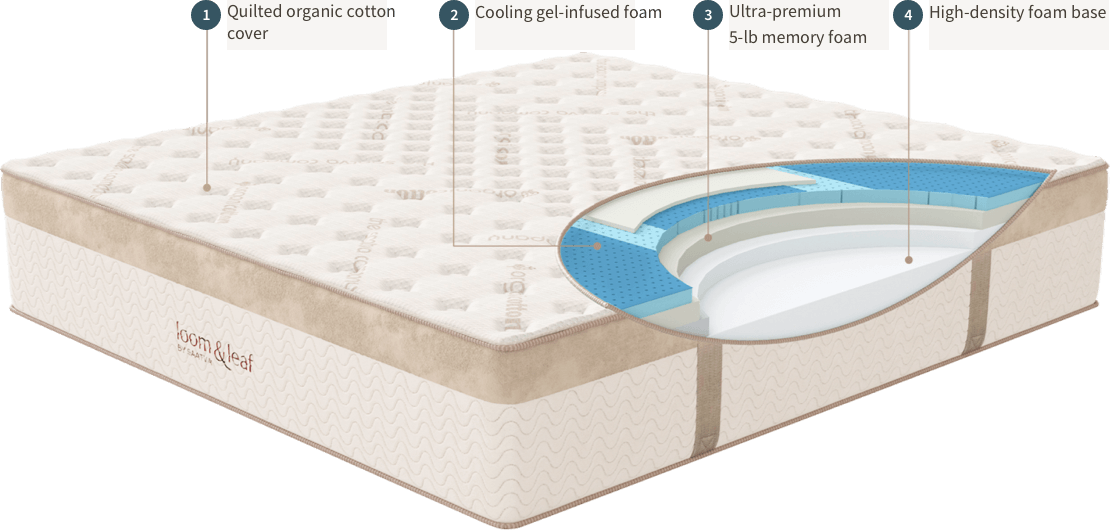Best Light Therapy for SAD: White, Blue, Green, or Red?
There's a great deal of debate among researchers about the best light therapy for SAD (seasonal affective disorder).
I'm going to narrow the research findings down as much as possible for you. That way, you'll have the basic information you need to know for purchasing a light box for SAD. And you won't be overwhelmed with all the research from the science journals.
Let me first say, I don't take any of this lightly (no pun intended). Depression is a serious topic, one that has greatly affected my own family. (Two first cousins—one was my best friend—committed suicide, and two other family members attempted suicide several times and almost succeeded.)
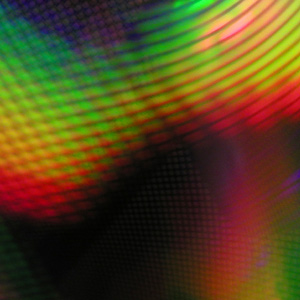
Here's what scientists know about light boxes for SAD
Without question, light relief therapy is a highly effective method for overcoming the seasonal depression that occurs in the fall and winter months.
Over the past several years, the standard recommendation for the best light therapy was for light boxes containing fluorescent bulbs that put out a white light. White light does work and is designed to mimic the effects of natural daylight.
But some of the claims for these lights sometimes refer to them as “full spectrum lights.” And they also claim they are the "best light therapy."
Here's what Dr. Daniel Kripke, an expert on sleep, sleep medications, and bright light therapy has to say about full spectrum lights:
“A lot has been written about natural lighting and whether one should use lighting with a "full" spectrum. I suspect this spectrum of claims is largely baloney! I doubt that any of the commercial sources really produces a light spectrum which could be mistaken for the rather smooth spectrum of natural sunlight.”
What does appear to matter for the best light therapy is this:
- Light intensity.
- Whether the light box is free of UV light.
- How long a person may need to sit in front of the lights to get relief.
- Whether you respond better to light therapy first thing in the morning or whether evening light helps you better.
- The color of the light.
So let's first address light color for the best light therapy
Light comes in colors, as you've seen if you've ever viewed a prism. For the purposes of seasonal affective disorder light therapy, the colors of interest are white, blue, green, red.
Forget about red for seasonal affective disorder light therapy. White and blue are better for SAD.
Green light therapy is an interesting, fairly recent development in light therapy for SAD over the past 10 years or so. However, I haven't seen any substantial evidence that green light is better than blue light (and green light boxes are far more expensive).
What I have seen is that green light has been touted as being safer for the eyes than blue light.
Why?
The thought is that light causes macular degeneration in the eyes. So over a lifetime of exposure to the sun, there is potential damage to the retina of the eyes.
What does this have to do with light boxes for SAD?
Light boxes are designed to put out a certain amount of light intensity, known as lux. The thinking is, sitting in front of a light box may lead to macular degeneration. And some discussion has speculated that blue light is worse than green light or white light.
I'm not convinced of this.
Here's the thing.
All you have to do is keep this in mind: DO NOT stare into any light box! You don't stare directly at the sun and you should never stare into a light therapy box.
Also keep in mind that white light does contain a lot of blue light and blue-green light.
So what about intensity of a light therapy lamp?
The standard advice when dealing with white lights is “get a light box with 10,000 lux.” For a white light therapy lamp, that's good advice.
However, new light therapy research shows that blue-enriched light, which has a lower intensity, may be just as effective as the high intensity white light boxes.
I know I know. All of this sounds confusing and you're sitting there thinking, “What the heck am I supposed to buy for the best light therapy!”
For now, I think your best bet is to go with either a white box or the new smaller blue light boxes. Green light therapy is expensive right now and I'm not convinced the potential benefit is worth the price.
If you have any eye disorders, such as glaucoma, cataracts, or susceptibility to macular degeneration, don't use a light box without consulting an eye doctor. If you don't have eye concerns, light boxes for SAD should be safe.
The key to solving SAD depression is...do something!
I think it's far better to try something in the way of light therapy for depression, even if all the facts about different types of lighting are not known.
It's clear that whether blue light is better than green light is better than white light as the best light therapy still needs more research to determine.
In the meantime however, just do something about your seasonal depression!
The people who get somewhere in this world are the ones who take action, even in the face of depression and setbacks.
So don't let confusion stop you from getting help that is available.
Recommendations for buying the best light therapy box
There are companies all over the Internet that sell light boxes for SAD. You can spend hours searching around (as I have).
If you want to save yourself some time, I think the easiest thing to do is start by clicking below to view one of the Philips blue lights from Amazon.com.
- They're clinically tested, which is essential for choosing a light box...
- They're small and compact, yet effective...
- They're endorsed by the prestigious National Sleep Foundation...
- They're free from UV light, which is absolutely critical in choosing a light box for SAD...
- They're small and compact so you can put the box above your eyes, perhaps on a shelf, and let the light filter down to you. Research is now showing that due to the structure of your eyes, if the light is above your head, and filters down on you, the effect on your seasonal depression is better.
Verilux is also an excellent light box company. The box below uses white light therapy.
And last but not least, you may find a light visor to be convenient. Put it on your head and you can move around. BioBrite has been around for over 20 years.
At Amazon, you can see the reviews and how well people have been helped. Maybe these products will work for you too.
Please make sure whatever light therapy equipment you choose can be shipped to your country.
Here's the bottom line about the best light therapy:
The best light therapy and seasonal depression treatment is the one that works for you. That could mean a combination of therapies:
- using a light box for SAD
- cognitive behavioral therapy
- yoga or other exercise
- or if absolutely necessary, antidepressant medications.
The key is—try something until it works to boost your mood and gives you vibrant fall and winter energy. And always keep in mind that the best light therapy is to get as much sunshine as possible. I truly wish you all the best!
References for Best Light Therapy
- J Affect Disord. 2011 Sep 10. [Epub ahead of print] The effects of blue-enriched light treatment compared to standard light treatment in seasonal affective disorder.
- Biol Psychiatry. 2006 Mar 15;59(6):502-7. Epub 2005 Sep 13. Light therapy for seasonal affective disorder with blue narrow-band light-emitting diodes (LEDs)
- Blue in the Face. Sleep Med. 2009 March ; 10(3): 277–278. doi:10.1016/j.sleep.2008.07.003. Michael Terman
- Light Therapies For Depression, PsychEducation.org
- Brighten Your Life, by Daniel F.. Kripke, M.D.
- Spectral Responses of the Human Circadian System Depend on the Irradiance and Duration of Exposure to Light. Sci Transl Med 12 May 2010: Vol. 2, Issue 31, p. 31ra33
- Green Light Affects Circadian Rhythm, May 12, 2010, Press Release Division of Sleep Medicine, Harvard Medical School
- The Efficacy of Light Therapy in the Treatment of Mood Disorders: A Review and Meta-Analysis of the Evidence (Am J Psychiatry 2005; 162:656–662)
- Lux vs. wavelength in light treatment of Seasonal Affective Disorder. Acta Psychiatr Scand. 2009 Sep;120(3):203-12. Epub 2009 Feb
Here are more articles and a free SAD audio you may find helpful
Part 1: Ever Feel Depressed In Fall and Winter? If So, Perhaps It's Seasonal Depression...
Part 2: Seasonal Affective Disorder: How Many People Have SAD Disorder?
Part 3: 13 Symptoms of Seasonal Affective Disorder
Part 4: 5 Tips for Seasonal Affective Disorder Treatment
Here's A Free Audio for You On SAD Syndrome
Return From Best Light Therapy to Sleep Passport Home Page



